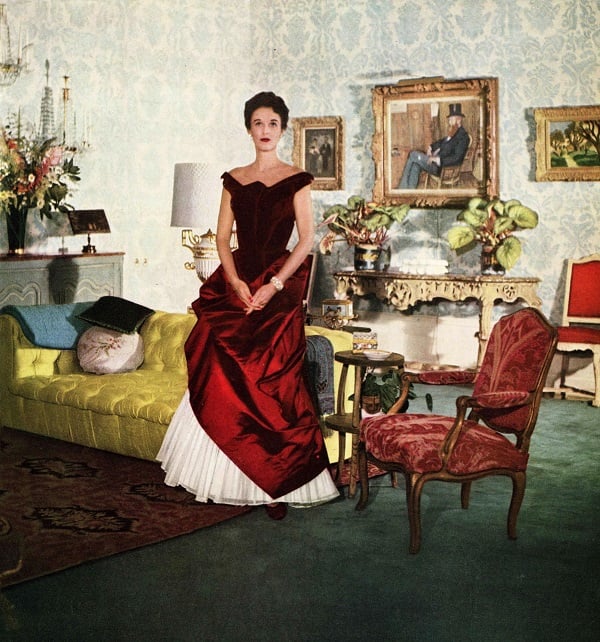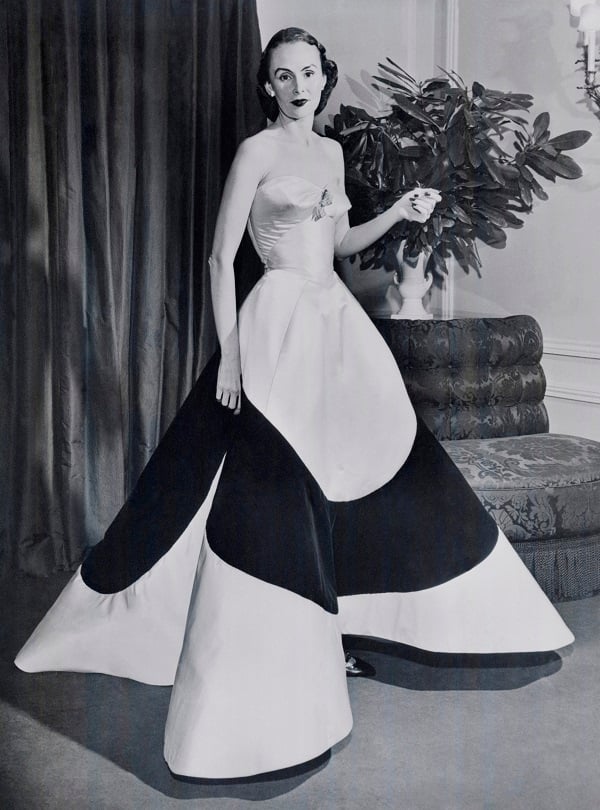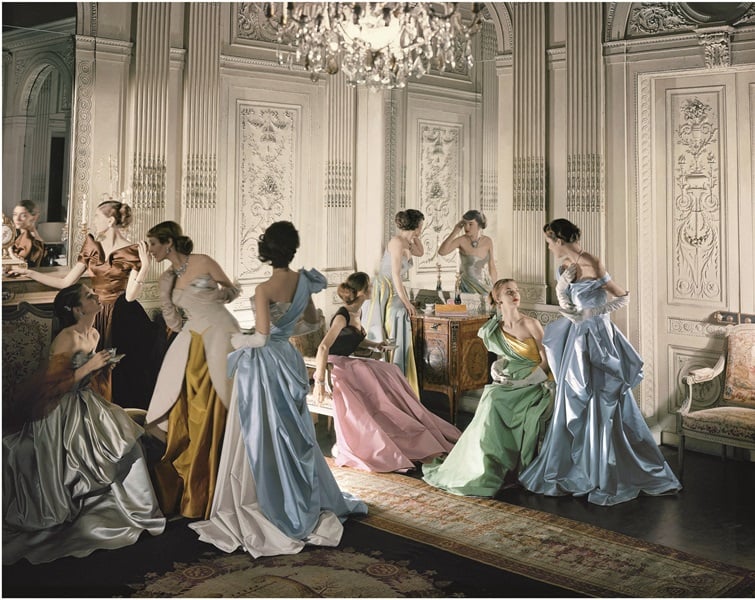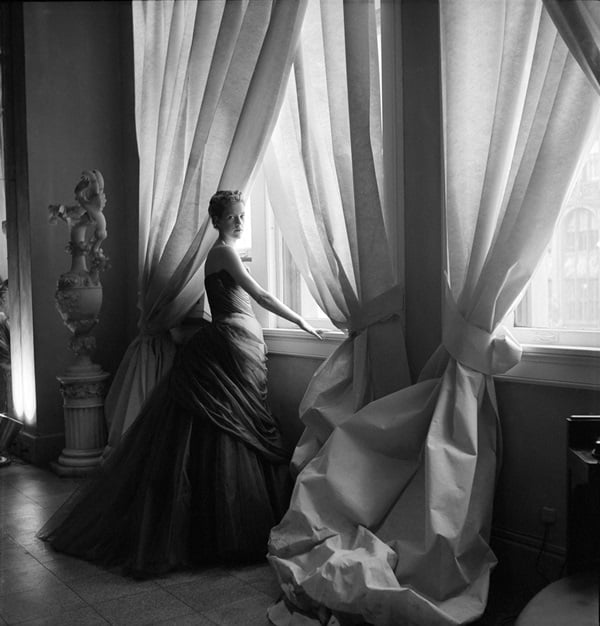Art & Exhibitions
Going “Beyond Fashion” with Charles James at the Met
Just think of these dresses as sculptures in silk, tulle, and taffeta.

Just think of these dresses as sculptures in silk, tulle, and taffeta.

Cait Munro

Charles James may not be a household name to those who aren’t fashion insiders, but that may be about to change. He is the subject of the inaugural exhibition in the new Anna Wintour Costume Center at the Metropolitan Museum of Art. A far cry from last year’s “Punk: Chaos to Couture” exhibition and corresponding gala theme, “Charles James: Beyond Fashion” is a show that demands a more refined palette, and feels primed to appeal to the high-art crowd rather than the average fast-fashion disciple.
James’s designs are sculptures in silk, tulle, and taffeta. They sit majestically on pedestals, accompanied by quotations from the designer about his work that could have easily been uttered by a visual artist. “All my seams have meaning,” one reads, “they each emphasize something about the body.”
It is easy to imagine how these creations, with their calculated curves and swaths of luxurious fabric, might have looked on a woman, as well as how lovely it might feel to be inside one of them. Model Elettra Wiedemann, who recently donned a reproduction of the famous 10-pound “Clover Leaf Gown” confirmed this suspicion, saying “she actually was able to glide when she walked in it.”

Austine Hearst in Charles James Clover Leaf Gown, circa 1953.
Courtesy of The Metropolitan Museum of Art; Photographer Unknown; © Bettmann/CORBIS.
James was an utter perfectionist who once spent several thousand dollars and two years studying the design of a single sleeve. Part of his mission was to correct what he viewed as intrinsic flaws in a woman’s body, a mentality that is unpopular among designers today. As Judith Thurman of the New Yorker put it, “the young find remedial fashion intrinsically uncool.” But while it may not be “cool,” it is elegant, and evocative of a level of couture craftsmanship that is rare today. Despite, or perhaps because of, their roots in the past, the clothes feel refreshing.
The largely self-taught designer also pioneered several concepts that are still being riffed on today, including his “Taxi dress”—the pre-Diane von Furstenberg wrap dress—which was named for its ability to be put on in the back of a taxicab. He also championed strapless dresses in the 1930s, designed the original puffer jacket (which Dali applauded as a “soft sculpture”), and is credited by Christian Dior for inspiring his famous New Look.

Charles James Ball Gowns, 1948.
Courtesy of The Metropolitan Museum of Art; Photo: Cecil Beaton; Beaton / Vogue / Condé Nast Archive. Copyright © Condé Nast.
Aiding in the exhibition design is a sophisticated system of animated video imaging created by renowned architecture firm Diller Scofidio + Renfro. Using cameras attached to robotic arms that virtually peel away the layers of the garments, the viewer sees the architectural structures within the layers of fabric. It is a revolutionary component of the exhibition that illuminates the deceptive simplicity of James’ s work. If you weren’t convinced that making a dress can be a form of art, you will be after seeing this 3D depiction.
Now that the legacy of “America’s First Couturier” has been showcased so spectacularly, what’s next? Certainly, the style will be more difficult to replicate than last year’s punk theme, so whether or not you’ll be able to see Met Gala-inspired looks in suburban mall stores remains to be seen. We overheard curator Harold Koda suggest that James would be an excellent subject for a movie—he had a difficult, often hotheaded personality, an eccentric creative process, and many rich and famous friends. If any filmmakers are reading this, let it be known that we’d buy tickets.
“Charles James: Beyond Fashion” is on view at the Anna Wintour Costume Center and first floor special exhibition galleries at the Metropolitan Museum from May 8–August 10, 2014.

Nancy James in Charles James Swan Gown, 1955.
Courtesy of The Metropolitan Museum of Art; Photo: Cecil Beaton; The Cecil Beaton Studio Archive at Sotheby’s.